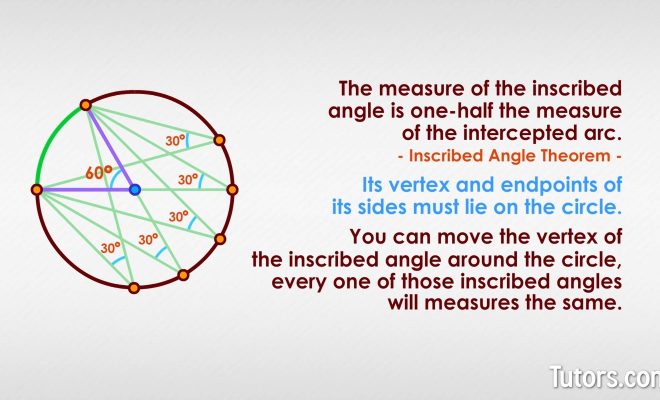How to Calculate the Secant of an Angle

Secant is a mathematical term that has various applications in geometry and trigonometry. In trigonometry, the secant (sec) of an angle is a ratio of two sides in a right triangle. This article will teach you how to calculate the secant of an angle given its value in degrees or radians.
Secant Definition in Trigonometry:
In a right triangle, the secant of an angle (θ) is defined as the ratio of the hypotenuse (the longest side opposite the right angle) to the adjacent side (the side next to the angle θ).
Secant Formula:
The formula to find the secant of an angle can be denoted as:
sec(θ) = 1 / cos(θ)
where θ represents the given angle, and cos(θ) represents the cosine value of that angle.
Steps to Calculate Secant:
1. Identify your input angle: Determine whether your input angle is given in degrees or radians.
2. Convert degrees to radians (if necessary): If your input angle is in degrees, you need to convert it into radians before proceeding. The conversion factor for degrees to radians is π/180°.
Angle_in_radians = Angle_in_degrees * (π / 180°)
3. Calculate cosine value: Once you have your angle in radians, find its cosine value using a calculator or programming/math software that has a built-in cosine function.
4. Compute the secant value: To calculate the final secant value, use the formula mentioned above:
sec(θ) = 1 / cos(θ)
5. Interpret results: The computed number represents the secant ratio for your given angle.
Example:
Calculate the secant of an angle of 60 degrees.
1. Input angle: 60°
2. Convert to radians: Angle_in_radians = 60° * (π / 180°) ≈ 1.047 radians
3. Calculate cosine value: cos(1.047) ≈ 0.5
4. Compute secant value: sec(θ) = 1 / cos(θ) = 1 / 0.5 = 2
5. Interpret results: The secant of a 60° angle is 2.
Conclusion:
Calculating the secant of an angle is a straightforward process when you understand the steps and formula involved. Using these techniques, you can find the secant of any angle given in degrees or radians, increasing your understanding of trigonometry and its real-life applications.






